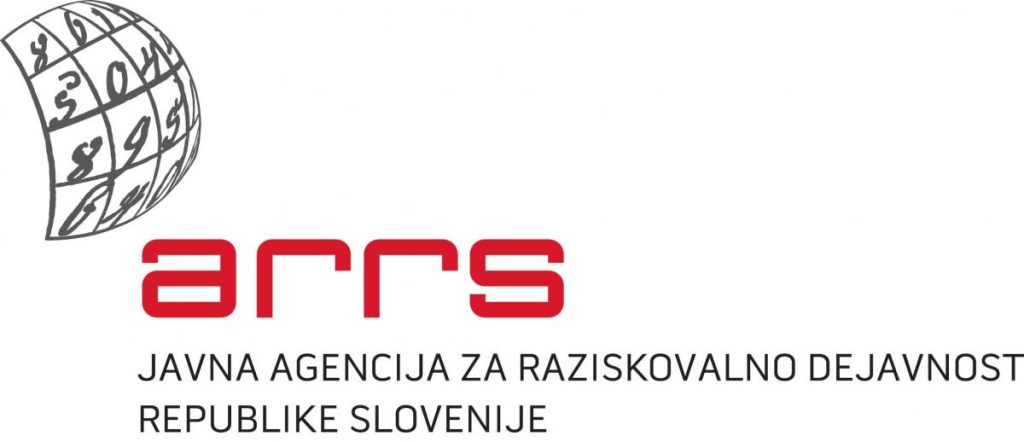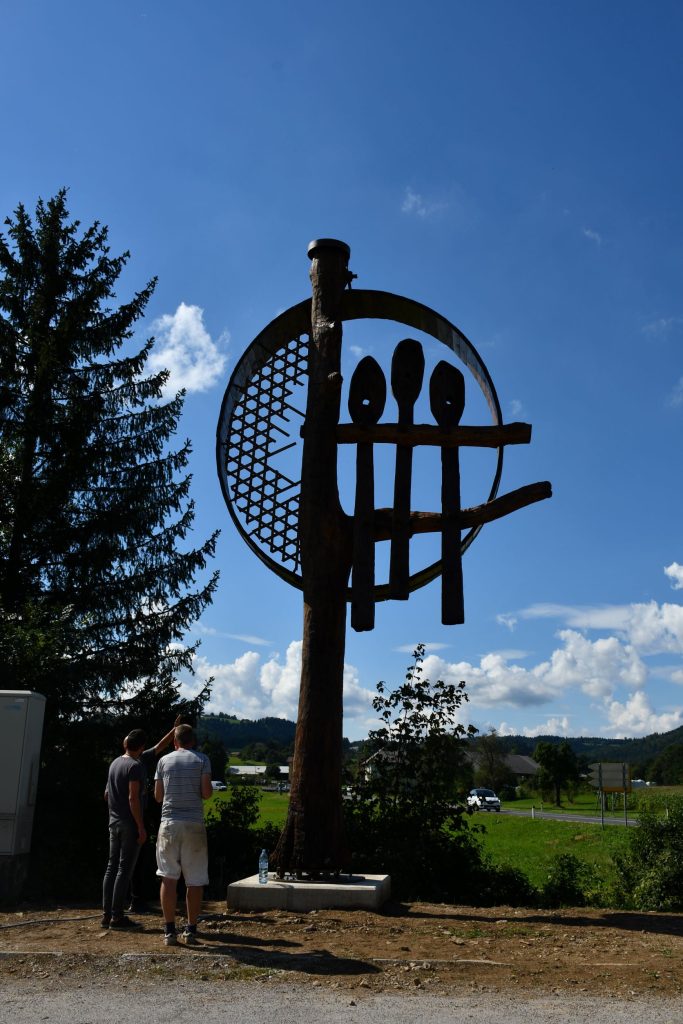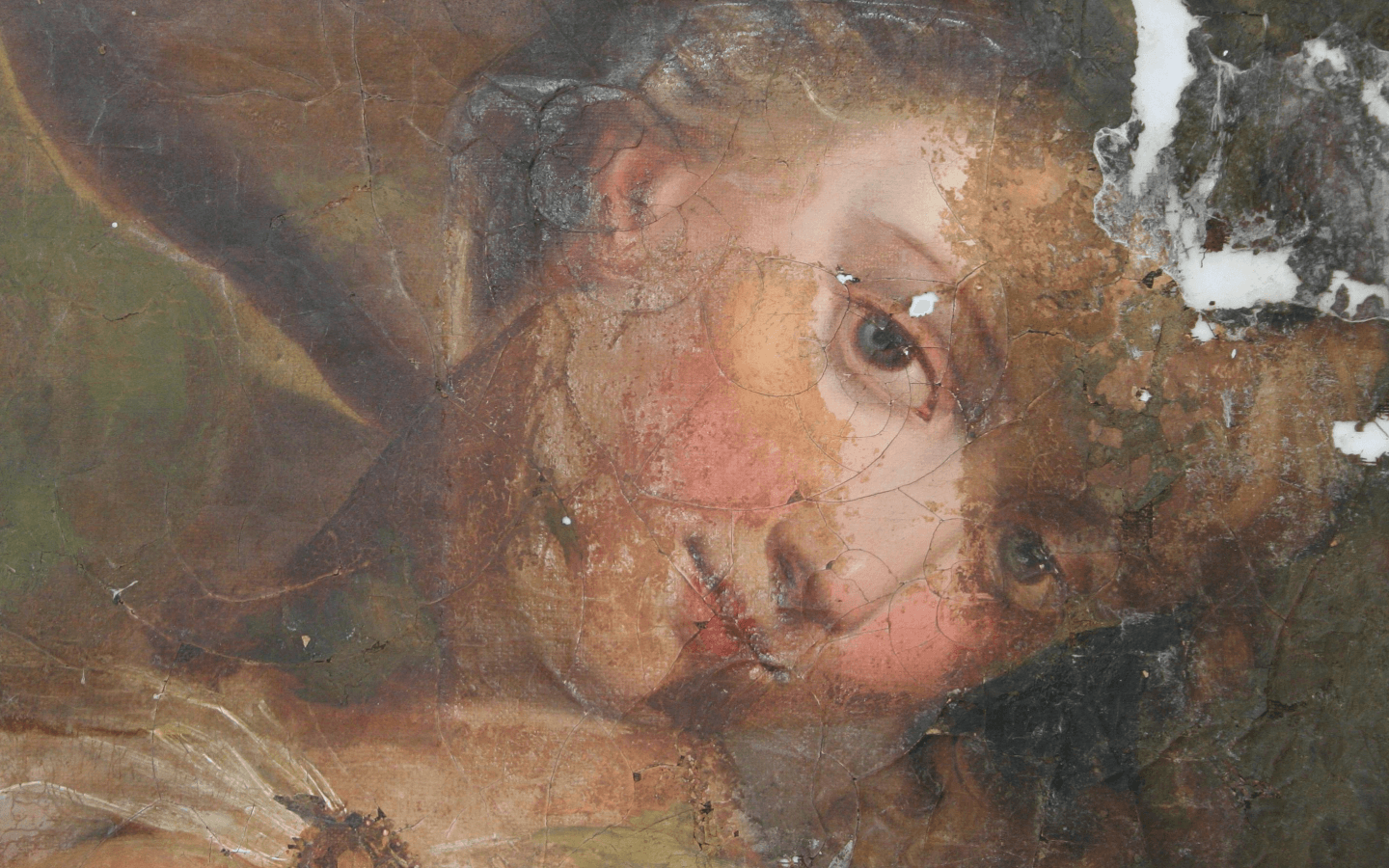Relevant information for owners gathered in one place.

Aptamers and hydrodynamic cavitation, an accessible tool for the analysis of organic residues in archaeological ceramics
Ceramics and archaeological pottery are among the most numerous objects found in excavations, reflecting the different types of cuisines and cooking methods over the last 10 000 years. They reveal the cultural context of the dishes they were used to prepare and reveal information about human diets and social and economic conditions in a given context.
Basic information
Title: Aptamers and hydrodynamic cavitation, an accessible tool for the analysis of organic residues in archaeological ceramics
Duration: 36 months (1.10.2021 - 1.9.2024)
Code: J7-3147
Lead partner: IPCHS
Project Manager: Janez Kosel, Ph. D. Dr. John Kosel
Financial resource: Public Agency for Research of the Republic of Slovenia

Summary
Ceramics and archaeological pottery are among the most numerous objects found in excavations, reflecting the different types of cuisine and cooking methods over the last 10 000 years. They reveal the cultural context of the dishes they were used to prepare and reveal information about human diets and social and economic conditions in a given context. However, comparisons of individual types of vessels do not yet lead to the identification of different types of food, which often leads to erroneous conclusions. As these objects are very common finds, they are mostly stored in an inappropriate way, which often leads to microbiological degradation of the organic remains within the ceramic porous structure. Therefore, unless research methodologies become more affordable and more efficient in the analysis of archaeological organic remains in the near future, the possibilities for unravelling Europe's culinary history will become increasingly limited. The ceramic-bound protein particles in organic remains do not degrade as quickly as the DNA molecule, but they still carry molecular information (encoded within amino acids) describing not only the type of protein but also its animal origin, from which we can determine the type of food itself. Nevertheless, current extraction methods based on ultrasonic cavitation are not efficient and the solvents used often change the final interpretation of the results obtained by GC-MS analysis. However, when more affordable immunological methods such as enzyme-linked immunosorbent assay (ELISA) are used, they are antibody-dependent, which results in many disadvantages including cross-reactivity of antibodies and their rapid denaturation. Our novel approach will circumvent the obstacles of current methods by combining the protein extraction process within an efficient miniature hydrodynamic cavitation generator with an affordable enzyme-linked adptamer-adsorption assay (ELASA) that uses highly specific, stable and reliable aptamers instead of antibodies. This ground-breaking research advance does not require expensive measurement equipment and will allow smaller institutions to carry out reliable identification of organic residues in archaeological ceramic fragments. Our approach will be applied to the interpretation of the culinary practices of the early medieval inhabitants of Ptuj, in order to test the hypothesis whether specific forms of pottery were used for specific types of food. In addition to uncovering the culinary history of Slovenia, our research will strengthen the scientific foundations for sustainable resource management (United Nations, Goal 17, Field of Science, Chapter 35 through Agenda 21 - Enhanced collaboration between natural and social scientists) and will contribute to new interdisciplinary research in the social and natural sciences by providing state-of-the-art research tools and professional services (Goals 1 and 3 of the European Research Infrastructure for Heritage Sciences, ERHIS). The proposed advanced characterisation techniques will also have applications in medicine, diagnostics and forensic science as well as in quality assurance in the food industry.
Objectives
The aim of the research is to obtain a detailed and comprehensive reconstruction of the ancient social life of the early Slavic inhabitants of Ptuj, including their economy, politics and ideology. More concretely, the aim is to introduce a new research model combining the systematic construction of an inventory database with the latest biochemical analysis of ceramic-bound proteins. The end result will be the development of ELASA analysis that is independent of expensive measurement equipment and can be affordable for smaller museums and repositories.

Detailed objectives
- A systematic archaeological, anthropological and material contextualisation of the entire collection of early medieval ceramic forms from the Castle Hill in Ptuj, belonging to early Slavic settlers. This inventory database will serve as a support for the biochemical characterisation of ceramic-bound antiquities (from Ptuj) and will be helpful for the interpretation of culinary dishes, explaining why transformations in proteins occur (due to cooking and preservation of food, due to microbiological contamination, ageing) (DS4).
- Optimisation of protein extraction methods using an efficient hydrodynamic cavitator (DS2)
- Understanding the main mechanisms underlying the preservation of ceramic-bound archaeological proteins and the main processes of protein solidification, transformation and partial degradation. Their transformation and degradation will be analysed using state-of-the-art proteomics and vibrational spectroscopic methods (DS3).
- To identify the types of food, dishes and culinary practices of the early medieval inhabitants of Ptuj and to describe the economic, political, ethnic, ideological and religious structure of society on the basis of the social role of food. This will be achieved by simultaneous use of data from the inventory database and by applying the findings obtained from proteomic and vibrational characterisation of ceramic-bound proteins (study specimens from Ptuj). This will allow future correlations to be established between specific food remains and different pottery shapes and sizes, and will enable the interpretation of dishes in future archaeological finds (DS4).
- Development of an accessible, specific and efficient ELASA analytical method specific for the predominant archaeological protein targets present in ceramic fragments found in Ptuj (DS5).
Work packages and timing
- Work stream 1: Coordination, project management and dissemination
- Task 1.1 Project coordination, management and reporting
- Task 1.2 Dissemination of results in scientific and professional journals and conferences
- Work Package 2: Optimisation of protein extraction from ceramic complexes
- Task 2.1 Optimisation of the protein extraction protocol
- Task 2.2 Validation of protein extraction
- Activity 3: Understanding the fundamental process of protein coagulation, transformation and partial degradation
- Task 3.1 Long-term exposure of model samples to real environmental influences to induce protein transformation and partial degradation
- Task 3.2 Characterisation of protein transformations during ageing
- Task 3.3 Characterise the partial degradation of proteins during ageing
- Work Package 4: Identification and characterisation of archaeological proteins in study specimens and socio-economic contextualisation of these archaeological finds
- Task 4.1 Creation of an inventory database and analysis of ceramic material
- Task 4.2 Identification of archaeological proteins
- Task 4.3 Characterisation of transformations of archaeal proteins
- Task 4.4 Selection of target archaeological proteins
- Task 4.5 Interpretation of the dishes of the early medieval Slavic inhabitants of Ptuj and their socio-economic structure
- Work Package 5: Development of an aptamer for an affordable and efficient ELASA test
- Task 5.1 ELASA test design
- Task 5.2 Validation of the ELASA test





